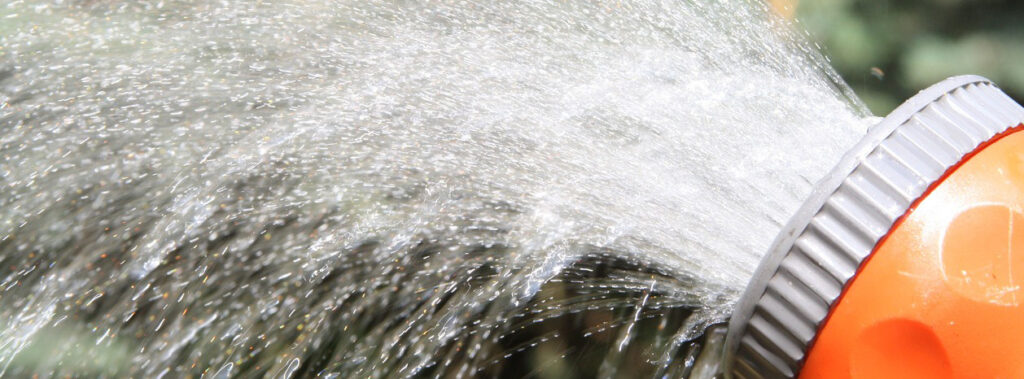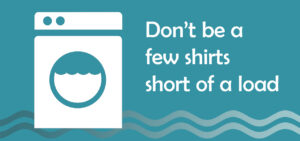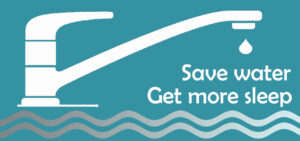Water Conservation

Conservation
Why do we need to conserve water in Whitehorse when we have so much of it? There are a few good reasons.
No new wells: Whitehorse’s 4 wells (and one backup) meet our needs now. But if consumption increases, a new well would be required, which is a big cost.
All water is treated: All municipal water must be treated, even if it’s used on your lawn and in garden. More water use means more chemicals used for treatment, and more water quality monitoring.
All water is pumped: Pumps run continuously to distribute clean water and collect waste water. Higher water use requires more pumping. In 2015, the City spent over half a million dollars on electricity for water distribution and sewage collection.
Groundwater depletion: While the Riverdale aquifer has enough water to meet our current needs, overuse of groundwater can cause the water table to drop. Groundwater depletion has many consequences, including impacts to the environment, decreased water quality, and the need for new wells.
Here are a few easy ways to save water in and around your house. For more tips, online games, and water conservation resources, check out the Water Use It Wisely website.
Fix leaks and check plumbing
- A leaky faucet can waste 40 litres of water every day. An average toilet leak can add up to 200 litres per day! If you have a drip from a hot water faucet, you are also spending money to heat water that is going down the drain.
- Proper maintenance is one of the most effective water savers. Replace worn faucet washers or valve seals to get rid of the drip. Faucet washers are inexpensive and take only a few minutes to replace. At home, check all water taps, hoses, and hose connections (even those that connect to dishwashers and washing machines) for leaks. Check the garden hose too—it should be turned off at the faucet, not just at the nozzle.
Limit your use


There are so many small ways to save water in your home. How many of these can you accomplish?
- Take showers instead of baths. Even better, take short showers.
- Install a low-flow showerhead.
- Install a low-flush toilet. Whitehorse has a low-flow toilet requirement. A cheaper option is simply to fill a plastic bottle with water and displace that water in your tank. Make sure there’s at least 12 litres or 3 gallons of water in the tank for each flush.
- If it’s yellow, let it mellow… and you know the rest.
- Install an aerator in your faucet. They’re inexpensive and they save water.
- Wash only full loads in your dishwasher or laundry machine.
- Keep a jug of drinking water in the fridge to avoid running the tap while waiting for cold water.
Use low water landscaping
- Xeriscaping is a method of gardening and landscaping that puts low water use front and centre without sacrificing beauty. There are 7 principles to xeriscaping. Ideally, they would be considered in the design phase, but you can also use them as your garden or landscaping evolves over the years.
- Use the high and low areas of your garden to your advantage to minimize watering. Plant drought species plants on high areas and more water consuming plants in lower areas.
- Use lawn wisely. Turf needs water and resources. Plan only as much lawn as you need and choose an appropriate type of grass. Some seed mix needs only occasional watering, but might be less resilient to walking and playing. Consider what the grass will be used for when choosing.
- Use native, drought resistant plants. Using native plants will also help avoid the introduction and spread of invasive species.
- Mulch trees and plants. A few inches of mulch will help soil retain moisture, as well as discourage weeds, reducing the need for herbicides. Various organic materials can be used as mulch, as well as inorganic material such as gravel or crushed glass, providing it is permeable to water. Read more about mulching here.
Water wisely
- Water only when needed. If you walk across your lawn and the grass does not spring back up, then it’s time to water.
- Water during the cooler parts of the day (early morning or late evening).
- Water less frequently, but for a longer period of time. This allows the water to soak deeper into the ground, promoting a healthy root system.
- Position your sprinkler properly and avoid watering the sidewalk. Don’t water when it’s windy.
- Taller grass promotes water retention in the soil. About 3 inches is best.
- Install a rain barrel to collect water from your eaves troughs.
- Use a drip irrigation system rather than a spray system for gardens.
